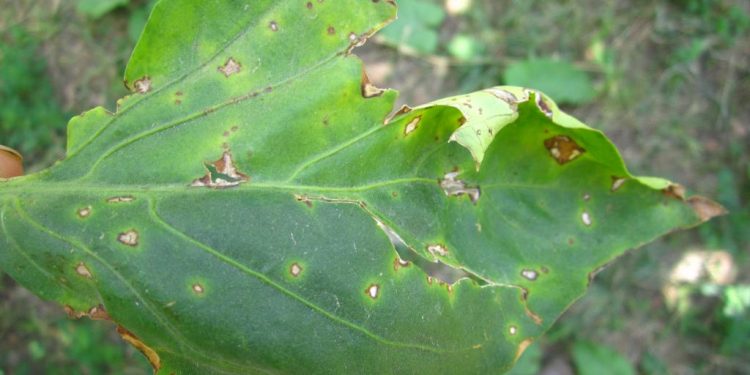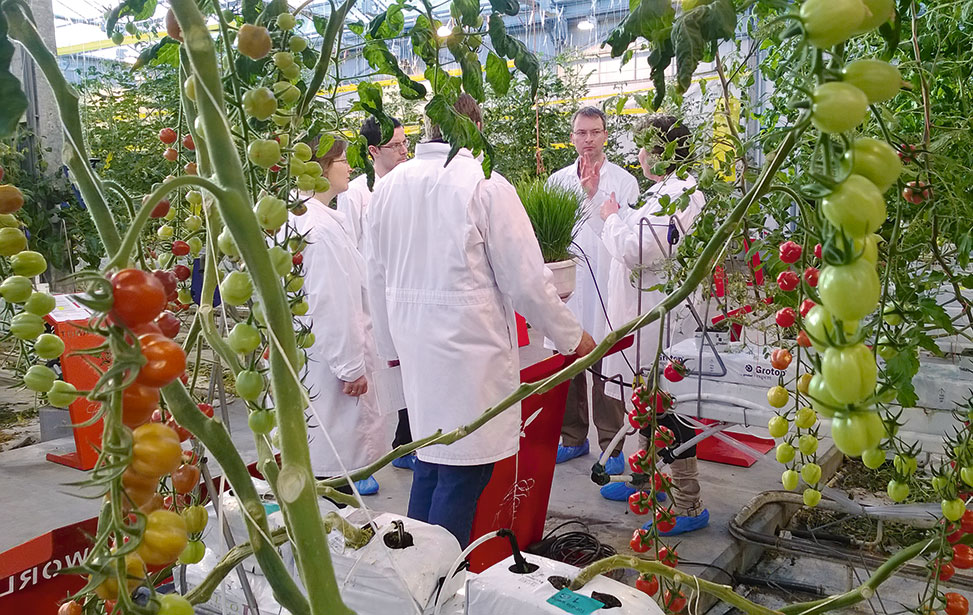Bacterial spot of Solanum lycopersicum was first reported in South Africa and the USA, and was first described on Capsicum annuum in Florida. The disease has since been observed in areas of all continents where Solanum lycopersicum and Capsicum annuum are cultivated. For an updated geographical distribution consult EPPO Global Database (https://gd.eppo.int/) (EPPO, 2024).
Classification of the bacteria causing leaf spot on both host plants, and therefore their routine identification, have been difficult to resolve. After a number of early revisions, they were classified for some time as Xanthomonas campestris pv. vesicatoria , although several phenotypically and phylogenetically distinct bacterial populations (eventually designated groups A–D) were represented. Groups A and C were briefly transferred to Xanthomonas axonopodis pv. vesicatoria, largely on the basis of DNA homology among a large but incomplete collection of xanthomonads while group B was clearly separated at species level as X. vesicatoria. Group D strains, originally identified in the former Yugoslavia and including identical strains from Costa Rica, reverted to the species status X. gardneri. A new species, X. euvesicatoria, was proposed to distinguish the weakly amylolytic group A strains originally isolated in South Africa from the starch-degrading group C strains originally isolated in the US 1921, which were designated as X. perforans. Based on multilocus analysis, multilocus typing and whole genome sequencing, X. euvesicatoria and X. perforans do not form standalone species and were reclassified as pathovars of the same species as X. euvesicatoria pv. euvesicatoria and X. euvesicatoria pv. perforans, respectively. In addition, X. gardneri was reclassified as X. cynarae pv. gardneri and then as X. hortorum pv. gardneri. The bacterial spot pathogens currently fall into some validly described species (X. vesicatoria, X. euvesicatoria pv. euvesicatoria, X. euvesicatoria pv. perforans and X. hortorum pv. gardneri) and X. axonopodis pv. vesicatoria is no longer a valid name (Bull et al., 2010).
The bacteria causing bacterial spot have been disseminated internationally in contaminated commercial seed lots, deposited on the seed surface from infected pulp rather than as internal seed infections. The bacteria can also spread with movement of infected young plants intended for planting and will survive on tomato volunteers and plant debris.
Photo: EPPO (2024) EPPO Global Database. https://gd.eppo.int
Reference: EPPO (2023) PM 7/110 (2) Xanthomonas spp. (Xanthomonas euvesicatoria pv. euvesicatoria, Xanthomonas hortorum pv. gardneri, Xanthomonas euvesicatoria pv. perforans, Xanthomonas vesicatoria) causing bacterial spot of tomato and sweet pepper. EPPO Bulletin, 53, 558–579. Available from: https://doi.org/10.1111/epp.12960











